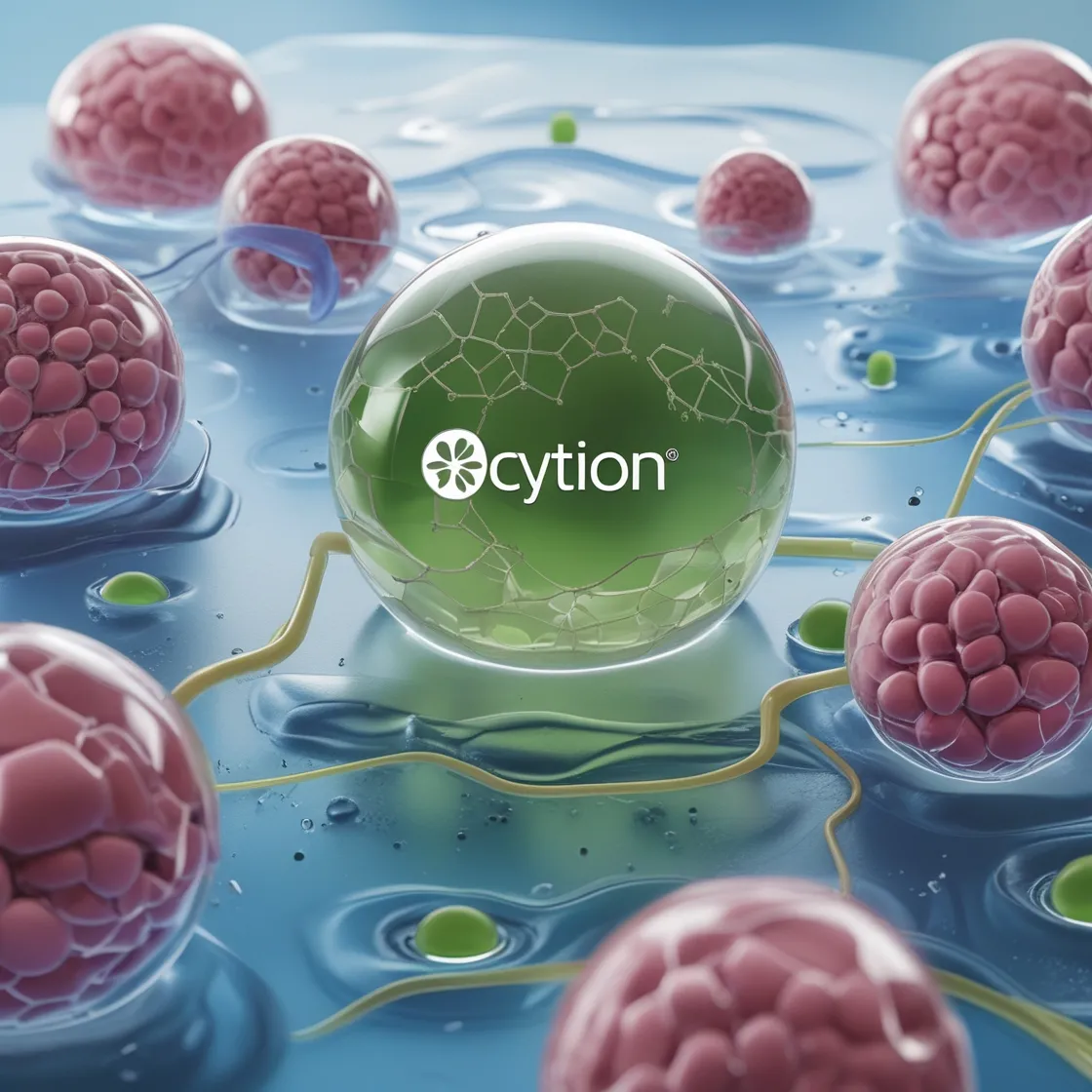
VERO Cell
Cell lines are really important for studying biology and making new medicines. VERO cells are especially useful for studying viruses and making vaccines. At Cytion, we provide high-quality cell lines like VERO cells, Jurkat cells, CHO cells, and MDA-MB-231 cells to help scientists make new discoveries. In this article, we’ll talk about the challenges of growing VERO cells and share tips to help them grow better for your research.
Key Takeaways
| Aspect | Details |
| VERO Cell Origin | Derived from African green monkey kidney cells in 1962 |
| Unique Characteristic | Lack type I interferon genes, making them highly susceptible to viral infections |
| Primary Applications | Virology research, vaccine production, and studying various viruses including SARS-CoV-2 |
| Key Challenges | Anchorage dependence, contamination risk, genetic instability |
| Optimal Growth Conditions | DMEM with 5-10% FBS, 37°C, 5% CO2 |
Understanding VERO Cells
VERO cells come from African green monkey kidney cells. They were first made in 1962. These cells are special because they don’t have certain genes that help fight viruses. This makes them really good for studying viruses like measles, rubella, and the new coronavirus. Viruses can grow better in VERO cells than in other types of cells, which helps scientists study them more easily.
VERO cells are used a lot to make vaccines. They help create vaccines for diseases like polio, rabies, and rotavirus. Growing VERO cells can be tricky, though. Scientists also use these cells to study how toxic things are, to work on gene therapy, and to learn about how cells work together. VERO cells are good at growing in flat layers, which helps scientists study how viruses get into cells.
Challenges in VERO Cell Culture
Growing VERO cells isn’t too hard, but there are some tricky parts:
VERO cells need to stick to surfaces to grow well. This can make it hard to grow lots of them at once. They can also get infected by tiny germs easily, so scientists have to be very clean when working with them. If you grow VERO cells for a long time, their genes might change, which can make experiments less reliable.
Tips for Optimizing VERO Cell Growth Conditions
To help VERO cells grow better, try these tips:
- Use the right food: VERO cells like a special food called DMEM with 5-10% fetal bovine serum. You might need to adjust this depending on what you’re doing. Adding extra nutrients can help them grow better.
- Keep them warm and cozy: VERO cells grow best at 37°C with 5% CO2. Make sure your incubator is set up right to keep these conditions steady.
- Give them space: Move some cells to a new container every 3-4 days or when they cover 80-90% of the surface. This keeps them from getting too crowded.
- Be super clean: Always use clean tools and work in a special clean area to keep germs away. Check for a type of germ called mycoplasma regularly.
- Watch how they look: Check your cells often to see if they look different or are growing strangely. Use a special microscope to see them clearly.
- Make the surface sticky: Use special coatings like collagen or fibronectin to help cells stick better to the surface they’re growing on.
- Keep extras frozen: Freeze some cells so you always have fresh ones to use. This helps avoid problems from growing the same cells for too long.
Role of Jurkat Cells in Immunological Studies
While VERO cells are great for studying viruses, Jurkat cells are important for studying the immune system. Jurkat cells come from human T cells, which are part of our body’s defense system. Scientists use Jurkat cells to learn about how T cells work, study leukemia, and understand HIV infection.
Jurkat cells are useful because:
- They’re easy to grow and multiply quickly
- They make a lot of a special protein called interleukin-2 when stimulated
- They help scientists study how T cells send signals inside the body
- They’re good for learning about how cells die and how the cell cycle works
- Scientists can use them to test new medicines that affect the immune system
CHO Cells in Biopharmaceuticals
Chinese Hamster Ovary (CHO) cells are super important for making medicines. Scientists use these cells to make special proteins and antibodies that can treat diseases. CHO cells are the top choice for making many approved medicines.
CHO cells are special because:
- They grow fast and make a lot of protein, which is good for making medicines
- They can grow floating in liquid, which makes it easier to make a lot of them
- They can add sugar molecules to proteins in a way that’s similar to human cells
- Their genes don’t change much over time, so the medicines stay consistent
- They can grow without animal products, which is important for medicine safety
- Scientists know a lot about them, which makes it easier to get new medicines approved
MDA-MB-231 in Cancer Research
Recombination is order of the day – Vineet Menacherry …the mantra is UUxU for sites where recombination happens in SC2 and MERS. Explains common loss of FCS in vero cell culture due to upstream UUxU motif pic.twitter.com/aITW8aRGH2
— Gupta Lab (@GuptaR_lab) December 3, 2024
MDA-MB-231 cells are used to study a type of breast cancer that’s hard to treat. These cells help scientists understand how cancer spreads and test new medicines. They come from a patient with breast cancer and act like aggressive cancer cells.
Scientists use MDA-MB-231 cells to:
- Study how cancer cells move and spread in the body
- Test new cancer medicines to see if they work
- Learn why some cancer treatments stop working
- Understand how certain genes affect cancer growth
- Develop new treatments for this type of breast cancer
- See how cancer cells interact with their environment
Integrating Cell Lines for Comprehensive Research
Using different types of cells together can help scientists make bigger discoveries. This approach lets researchers:
Jurkat cellsCHO cells
MDA-MB-231 cells
By using these different cell types together, scientists can:
- Study how viruses affect cells (VERO cells) and the immune system (Jurkat cells)
- Look at how the immune system (Jurkat cells) responds to cancer cells (MDA-MB-231)
- Make new medicines (CHO cells) that target specific cancers (MDA-MB-231) or change immune responses (Jurkat cells)
- Learn how cancer (MDA-MB-231 cells) and viruses (VERO cells) might affect each other
- Create better models of diseases that include viruses, immune cells, and cancer cells
- Test if new medicines are safe and work well in different types of cells
Conclusion
VERO cells are really important for studying viruses and making vaccines, but they’re just one part of biomedical research. By using different cell types like Jurkat, CHO, and MDA-MB-231, scientists can learn more about complex biological processes and diseases. This approach could lead to big discoveries and new treatments.
At Cytion, we provide high-quality cell lines to help with your research. Whether you’re working with VERO cells, U2OS cells, or A549 cells, we have what you need to do great science. Our catalog includes many well-studied cell lines for all kinds of research, from basic science to finding new medicines.
Check out our big collection of cell lines to take your research further. Together, we can make important discoveries in biomedical science. By using different cell types and combining what we learn from each, researchers can create better treatments, understand diseases better, and help make medicine more personalized. The future of biomedical research is in this team approach, and Cytion is here to help you every step of the way.
Discover the latest news and updates on The Blog Verge






